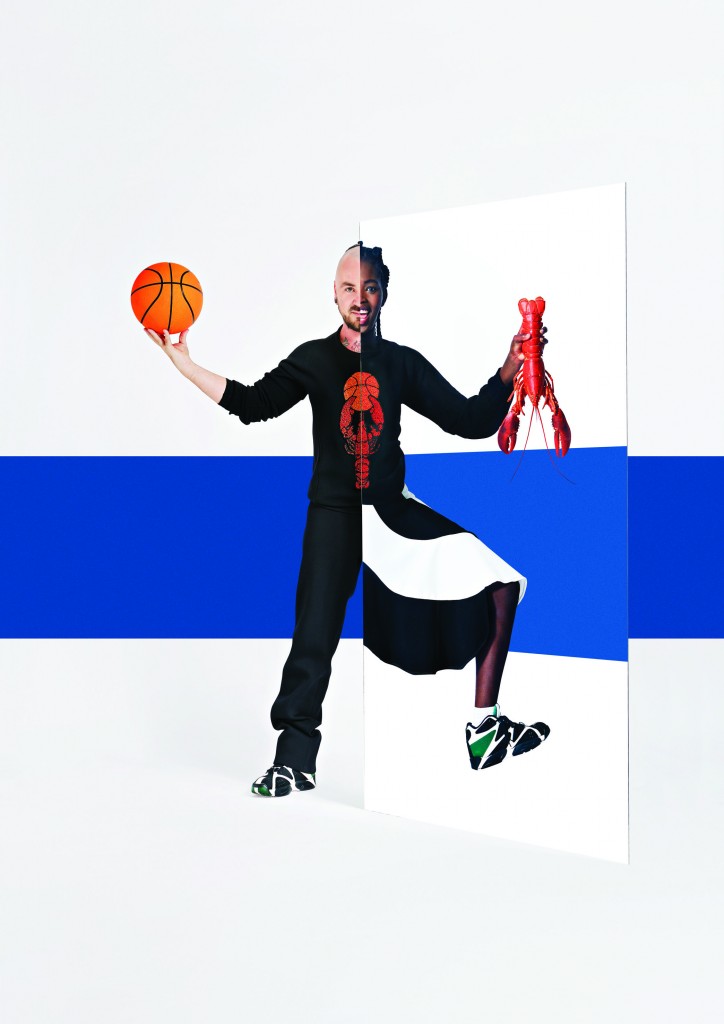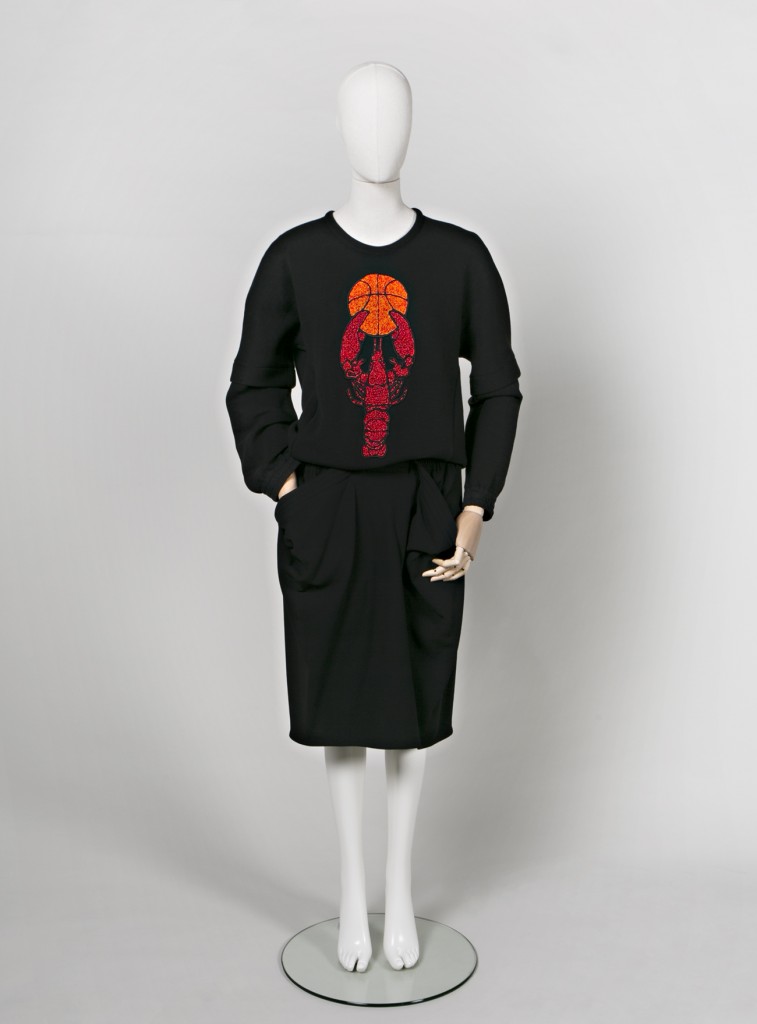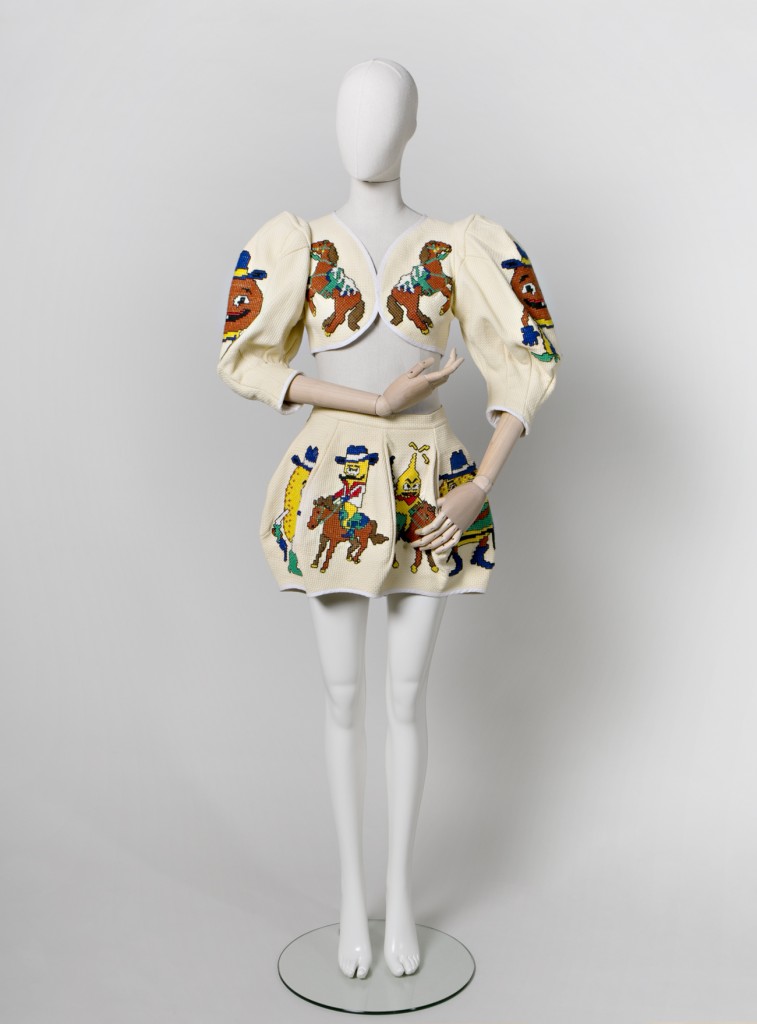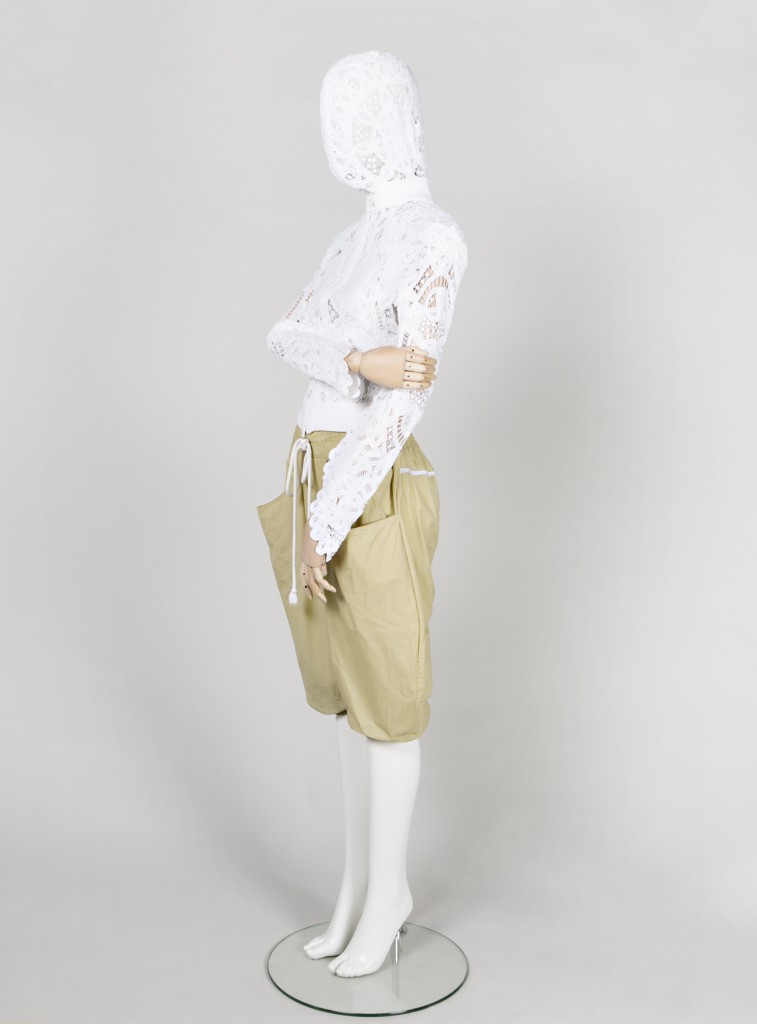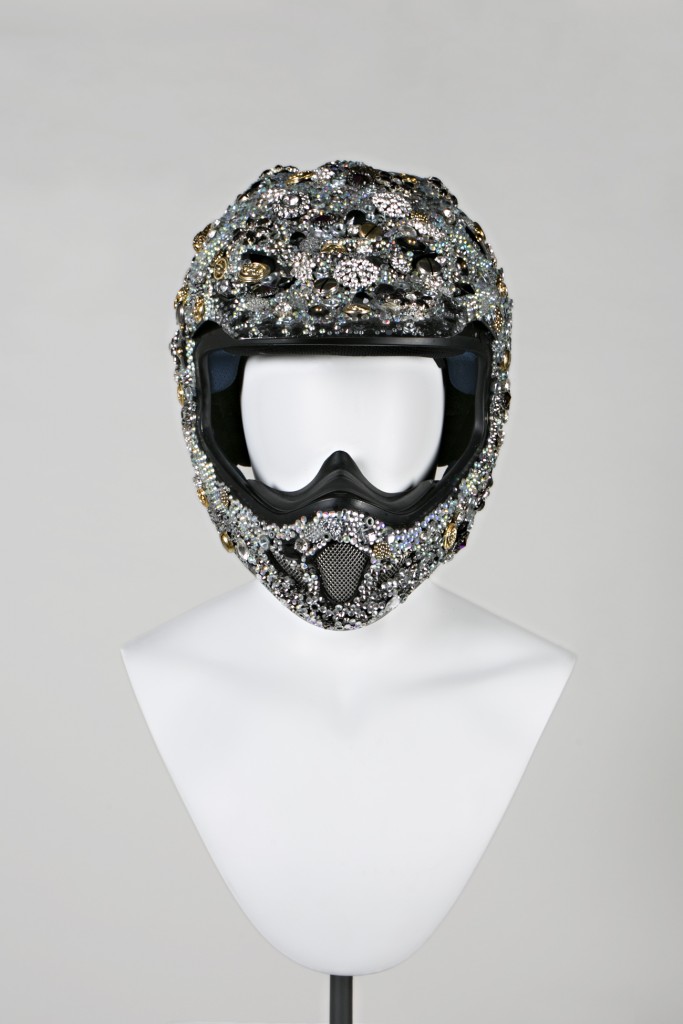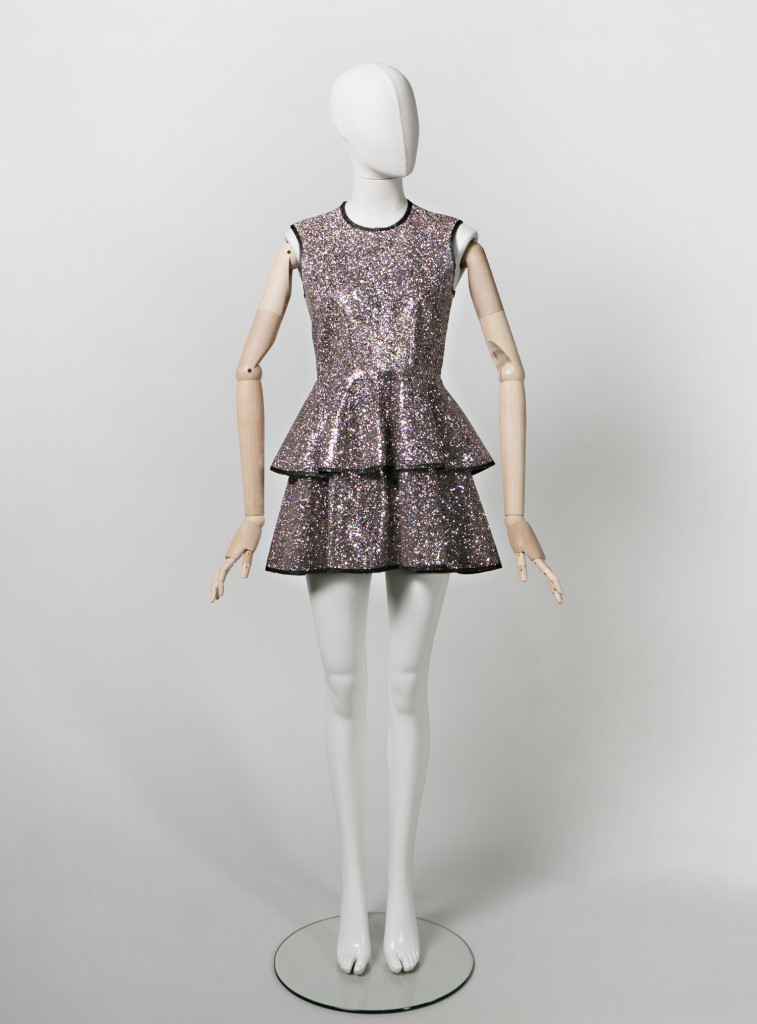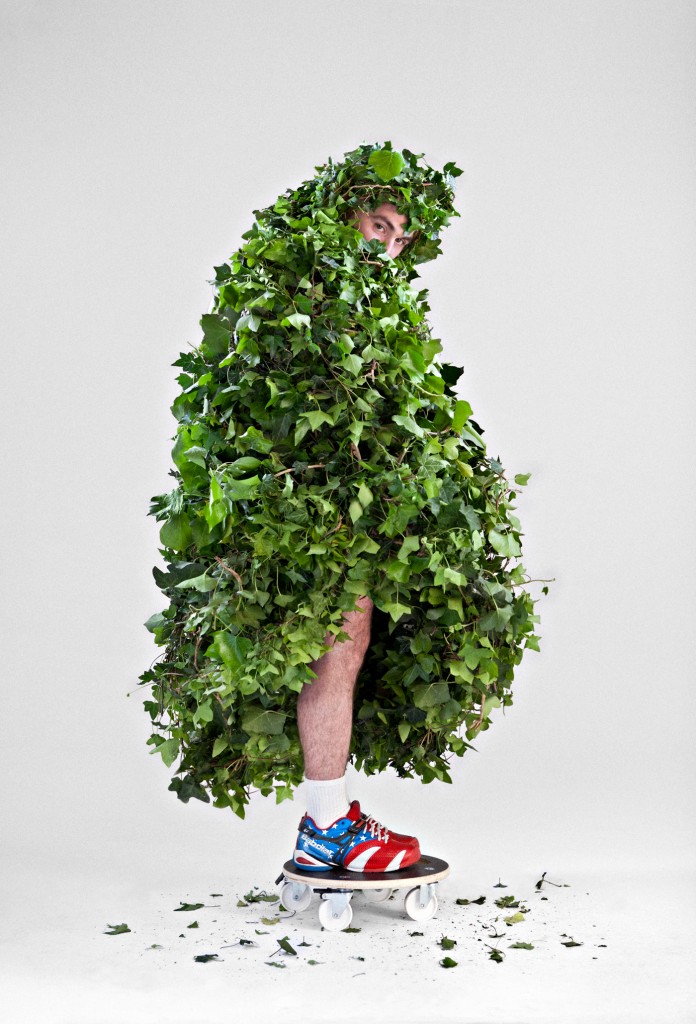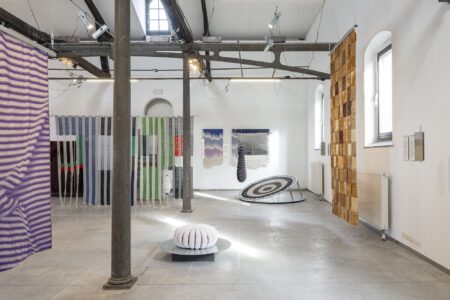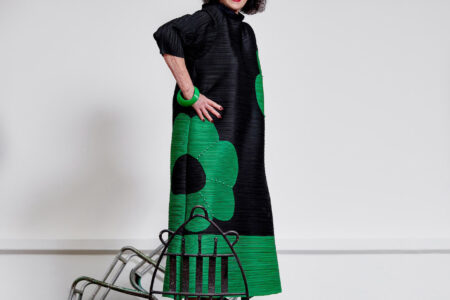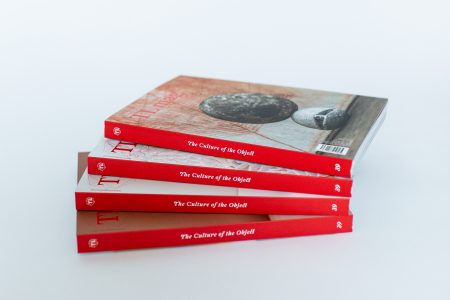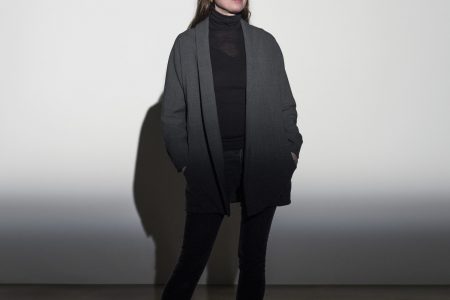
Jean Paul Lespagnard: A designer who doesn’t dress it up
Through mid-April, the Fashion and Lace Museum of Brussels is offering Jean Paul Lespagnard carte blanche, ten years after his triumph at the festival of Hyères.
We know he is passionate about art, culture, heritage and folklore, so it is natural that he feels like a fish in water here. The Fashion and Lace Museum of Brussels hosts more than a retrospective of this show man who goes beyond fashion to explore interdisciplinary cross-overs.
TLmag: Does this museum seem tailor-made for you?
Jean Paul Lespagnard: It’s true that I know the museum by heart. I have been to all of its exhibitions. Most of the clothing on view was once worn by real people. I am very sensitive to that aspect of things. The museum site and content played a major role in the way I approached the scenography.
TLmag: We remember your “Till We Drop” exhibition in the Galerie des Galeries (the exhibition space of the Galeries Lafayette) when you were curator in 2014. The exhibition was simultaneously crazy and socially engaged. You seemed to enjoy the exercise…
JPL: For me, building an expo is like designing the scenography of a catwalk show. I want to offer the audience an experience, to make them part of it, to create surprise. Curiosity is a must, as is dialogue.
TLmag: And humour, or perhaps unconventionality…
JPL: I’m afraid the word humour is poorly perceived. It’s also not flippancy. I would say that taking an offbeat approach is my way of taking a step back and getting a look at things without prejudices and with a certain freshness. I like to shake people up, but gently, without traumatising them. In everything I do, I try to produce joy and enthusiasm.
TLmag: You also like to mix things. In this expo, you do this in particular by creating dialogue between works of contemporary art, objects drawn from pop culture, everyday items, period costumes, pieces from your own collections, etc.
JPL: This mix of genres is in fact a key aspect of my work. It is also the starting point for this exhibition. I like the idea of making the impossible, possible. To observe the objects in such a way as to come out with a message. I design my clothes with that same spirit.
TLmag: The third floor of the exhibition is set up as a laboratory. As a designer, what does that word mean to you?
JPL: It evokes for me, quite simply, the permanence of design. Before a catwalk show, I am designing up to the last second. Design is movement. When I hear other designers explain that they found their style, I have a hard time understanding. For me, design is a never-ending journey.
TLmag: Since we are speaking about evolution, let’s discuss the rhythm of the fashion world. For several years, you have taken a lot of liberties with the official prêt-à-porter calendar.
JPL: This retrospective in some ways sums up a decade of my work. It is a distillate of the past, presented in a current context. While creating it, I had to take a break. A break that ended up being well-timed, because I am about to take a one-year break, in order to launch a new project.
TLmag: A fashion project?
JPL: I am not yet ready to reveal all. Let’s just say that I cannot imagine speaking about fashion, without speaking about lifestyle. I want to think about what we wear, but also about what we eat, how we relax… In 2018, my approach will be global.
TLmag: Does this way of thinking stem from your various experiences: your immersion in a Papuan tribe last summer, or your many collaborations in the field of the performing arts?
JPL: I want to show snippets of what is happening in the world through the lens of my different experiences. I am not rejecting fashion, but I want to enlarge my approach by showing, through my projects, that we are not alone on this earth. Each person that I meet has a way of living (for the Papuans) or working that is their own. When I collaborate with choreographers (Boris Charmatz, Malika Djardi, Damien Jalet, etc.), I take part in the rehearsals, I observe, etc. The work on the costumes only comes later.
TLmag: A performance is an exchange. In general, do you give much importance to audience feedback on a collection, costumes, or expo you have designed?
JPL: As soon as you make your creation public, its story no longer belongs to you. People build their own based on their own sensitivities. That being said, I like the idea of a discussion around my work. I remember a woman who stopped me in the street to tell me she had worn a white dress from one of my collections on the day she got married. I keep that story close. Maybe it will re-emerge on day, but I don’t know in what form.
TLmag: The poster for the expo is a portrait of you. A polymorphic portrait to say the least. You like to stage yourself. With what aim?
JPL: The idea isn’t to highlight myself – I don’t want to be recognised on the street because of it – but rather to take possession of my body and put in in a position. By placing myself in atypical contexts, by muddying the waters, by mixing genres in the same image, and by looking straight into the lens, I challenge the person who is viewing the photo. There can be a real confrontation between them and me. It’s as if I am saying to them: “You can dare, too”.
TLmag: What would you like people to take away from Reflection?
JPL: I would like everyone to experience the exhibition in their own way. In mixing so much of the universe in a single place, I wanted to show that inspiration is everywhere: in a museum or, if you can’t go there, in an art book (an item that I also integrated into the scenography), on the street corner… or with the Papuans.
Reflection by Jean Paul Lespagnard, through 15/04/2018 at the Fashion and Lace Museum of Brussels.
Book your seat at the conference on 25th January, 2018 at 7.30 p.m.: Reflection by Jean Paul Lespagnard, City Hall, Brussels, salle de Milice, Grand Place, B- 1000 Brussels
RSVP : [email protected]
In collaboration with le Musée de la Mode & Dentelle (Fashion and Lace Museum) and MAD Brussels
